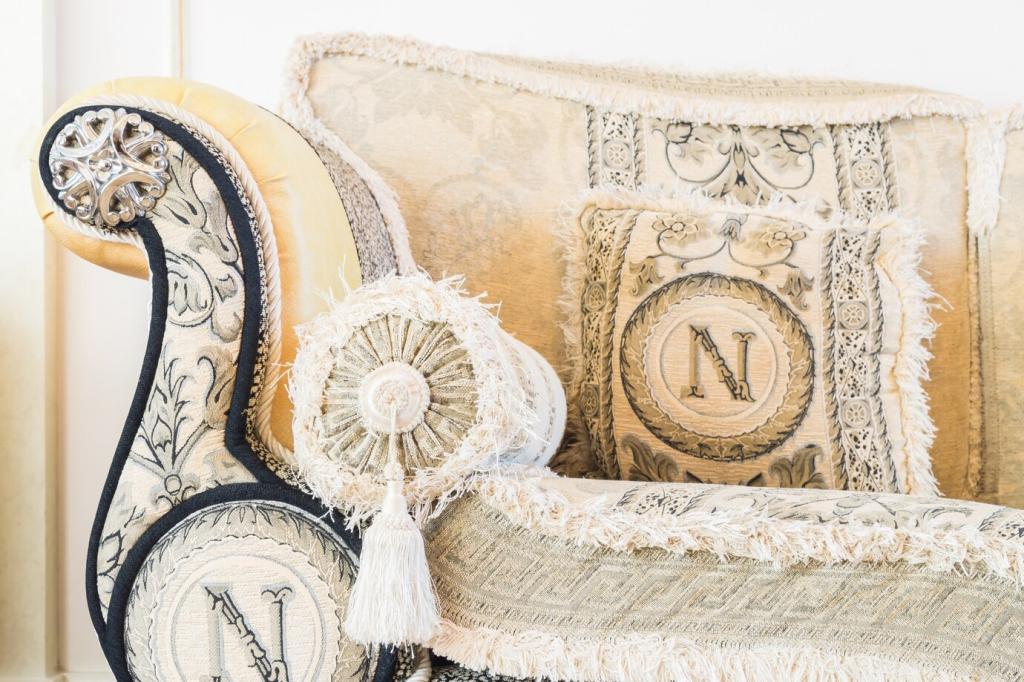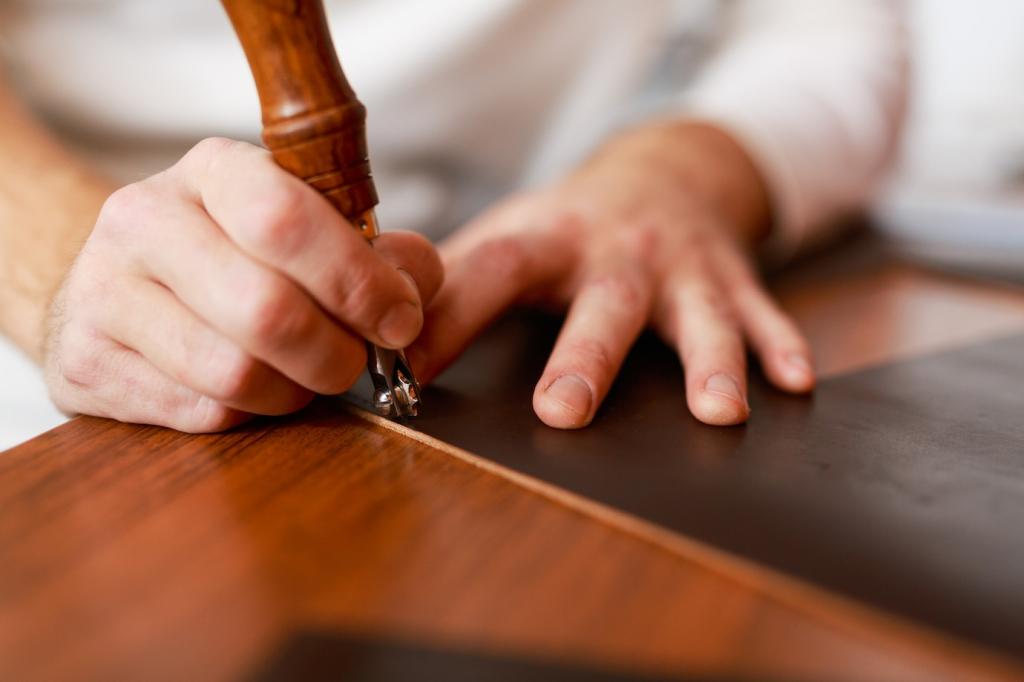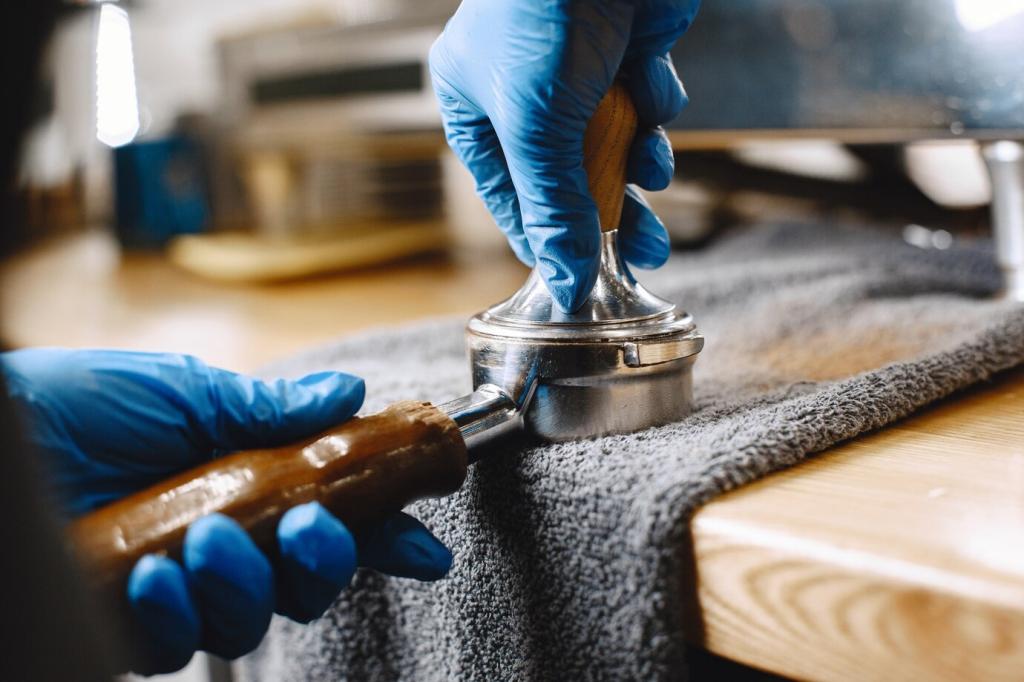Know Your Materials: Woods, Veneers, and Original Finishes
Teak’s warm, oily richness, walnut’s chocolate-brown depth, and rosewood’s dramatic figure defined mid-century silhouettes. Identify by color, grain, and scent: teak often smells subtly leathery when sanded. Share your wood-spotting wins in the comments and help others decode mystery pieces from estate sales and thrift stores.
Know Your Materials: Woods, Veneers, and Original Finishes
Mid-century veneers can be paper-thin, sometimes under half a millimeter, laid in book-matched or slip-matched patterns. Over-sanding flattens the figure and exposes substrate. Learn to feather repairs, re-glue bubbles, and protect edges. Subscribe for our veneer care checklist and printable repair planning sheet.



